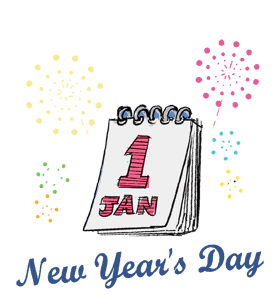New Year's Day
New Year's Day Quick Facts in Canada
| HashtagsCompiled on | #NewYear2025 |
|---|---|
| 2025 Date | January 1, 2025 |
| 2026 Date | January 1, 2026 |
2025 Holidays & Dates - Canada
| Canadian & Common Holidays | ||
| Misc. & Int'l. Observancesℹ | ||
| Christian Holidays | ||
| Jewish Holidays | ||
| Muslim Holidays |
› | ||
